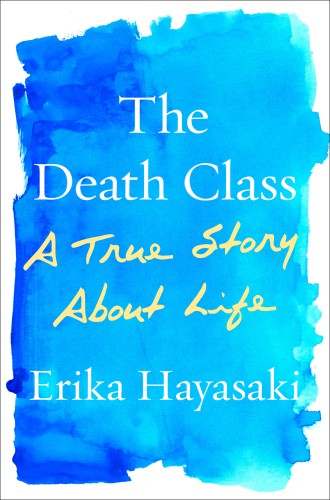The Death Class, by Erika Hayasaki
What constitutes the perfect subject for literary nonfiction? Surely, there should be something newsworthy to report, combined with something timeless. The writer should use the tools of both journalism and fiction: analysis, imagination, sensory-rich description, and abstract, metaphorical language. The perfect subject contains layers of meaning, moving between the concrete and the spiritual and leaving the reader in a state of wonder.
In the subject of death, and particularly the subject of death as taught in the classroom and beyond, former Los Angeles Times reporter Erika Hayasaki found the perfect subject for her first book.
The Death Class of the title is a popular course taught by Norma Bowe at Kean University in Union, New Jersey. This book was born when Hayasaki, having covered a succession of traumatic death events, including the Virginia Tech shootings, the anniversary of the 9/11 attacks, and the execution-style killing of three teenagers in a schoolyard, read about the class and decided to shadow the professor and take the course herself. What started out as a reporter satisfying her curiosity became something more and deeper—a healing event for the reporter, the professor, and many students.





